In a recent trend on social media, people go to art museums and take a video of themselves standing next to a conceptual art piece with the caption: “Standing next to an art piece we think we could make.”
Conceptual art is a style of art that most people think of when they think of modern or contemporary art. The abstract or blank paintings, sculptures made of common materials, and simple objects displayed are what many people picture, but conceptual art is partly defined by its lack of common techniques and materials. So while there are common materials the idea is actually the most important part.
Sol LeWitt in Paragraphs on Conceptual Art explains, “The idea or concept is the most important aspect of the work. When an artist uses a conceptual form of art, it means that all the planning and decisions are made beforehand and the execution is a perfunctory affair.”
When compared with impressionism or the Renaissance, conceptual art does not focus on the actual skills, material, or production of the art piece to the same extent. So often conceptual art will be easily recreated and take little skill. Many people don’t define it as art because of this. This viewpoint can be understandable especially in a case like The Comedian.
Is a Banana Taped to the Wall Art?
The Comedian by Maurizio Cattelan is a regular banana duct taped to the wall. Out of the three versions two of them were sold for over $100,000 and one was donated. It came with fourteen pages of instructions telling exactly how to display it and informed that the buyer can replace the banana as needed.
Responses to it at Miami’s Art Basel were mixed; within days art critics and casual fans alike found millions of possible meanings. The artist did not provide the details of the idea behind the piece so people had to guess what he meant.
Bill Chappel, writing for NPR, sums it up best by saying, “[Comedian] is meant to evoke everything from Charlie Chaplin’s slapstick comedy to the fruit’s status as an emblem of global trade.”
Essentially we do not know the meaning and are just trying to figure it out. So is a banana taped to a wall art? Maybe.
Objective vs. Subjective
If you have taken an art class you probably have heard the phrase, “art is subjective”, meaning what one person likes and values in art will not be the same as what another likes and values in art. Compared to sports, where objective means scoring a point or winning a race.
Even though the common belief is that art is subjective some people argue that we need a standard to judge art as good or bad. This is called aesthetic standards, which artist Robert Florczak is a big advocate of. He compares it to judging the artistry of a figure skating routine and how if someone did a horrible routine it should not be given the same amount of points or valued the same.
However, many people disagree with him and say that we do not need to objectively rank art as better or worse. But there is no denying that art has to be judged by someone and according to some standard. So should art be judged by your personal opinion and taste or some higher group of critics?
Kevin Rabido, writing for UCreative, has an interesting answer. That both objective and subjective can coexist when judging art. He gives the example of movies: you might have one standard by which you judge movies (comedy for example) while a movie critic is going to be judging the same movie on different standards.
He explains it best by saying, “Critics can state factors to objectively judge art, and you can do that, too. But these objective factors are subjective upon the individual. You might put more value on the brush strokes and the technique used, but I value the subject matter more than the execution.”
A Fan of Conceptual Art
One of my favorite art pieces is Electric fan (Feel it): Only Unclaimed Item from the Stephen Earebino Estate* by John Boskovich. It is a white electric fan in a plexiglass box stand. The box has small holes drilled into it to allow the fan to blow air.
In 1997, John Baskovichs’ boyfriend, Stephen Earabino, died of AIDS. Ashamed after Earabino’s death, his family cleared out his apartment leaving only a white electric fan. This was common in the AIDS epidemic as family members wanted to move on from the shameful relationship and death. When Baskovich went to the apartment he decided to keep the fan and make it art.
The place card for it in the Museum of Contemporary Art, Los Angeles reads, “Boskovich encased the fan in plexiglass as a kind of evidence and added cutouts to allow its circulated air to escape and be felt by the viewer, almost like an exhalation. In a sense restoring Earabino’s breath, at least in a facsimile in memoriam, Boskovich makes a tender and brokenhearted gesture towards some form of eternal life.”
In my opinion, this piece is a great example of conceptual art. Technically anyone could have taken an electric fan and put it in a museum but they would not be able to attach the same meaning. The meaning is what makes it art. The meaning was best described by Rowark on Tumblr. I strongly encourage you to read the full post as it is an incredibly good deep dive into the meaning and impact,
“Most of us didn’t experience the AIDS epidemic that way, but most of us know what it’s like to lose someone, and we can all understand what would have been meant by the family getting rid of everything… And you can imagine the absolute devastation his lover felt when he discovered everything that meant anything to the person he loved was now gone. Most people have the experience of wanting to keep something after someone dies, to hold onto that connection and to keep their memory fresh, so we can imagine how devastating it would be to have that taken away, and to be left with nothing but a worthless box fan.”
When you see the electric fan at the Museum of Contemporary Art in Los Angeles you can just stand there and feel the wind from the fan hit you. And as the wind hit you you are also hit with the realization of how tragic this was. How sad it is that the only thing belonging to this man is a cheap worthless item that most people would throw away without second thought.
Personal Opinions
If it is not already evident I believe that modern and conceptual art can be really great. One of the reasons I enjoy it is because it requires you to stop, think, and learn about an art piece to develop an opinion. In early art styles it’s common to just look at it and judge it on face value.
One of Gateway’s art teacher, Ms. Raubertas shared her own opinion on modern art, “I think conceptual art is misunderstood…it requires another step of actually reading or researching what the artist’s intentions are and then you can develop an appreciation for the message they are trying to convey.”
She continues, “In college my 3D professor was an installation artist. Knowing her and her motivation helped me to see conceptual art as really beautiful and thought provoking. I think a drawing or painting is a little more accessible for most people because you see what it is on the canvas and can immediately have a reaction or connection with the piece without necessarily knowing more.”
Ms. Lupo, another Gateway art and set design teacher, contributed, “In conceptual art the idea behind the artwork is more important than how it looks, so it really forces the viewer to think beyond what they see in front of them. As with any art movement, there are some pieces that I like more than others. I like some of the work of Damien Hirst. While it may not appeal to everyone, conceptual art can push creative boundaries and definitely encourages conversation about art!”
Conceptual art is an often misunderstood art style, with many people discounted as art. However, after a closer examination of the style I believe that conceptual art is an important movement as it challenges our ideas around art!
*The title has been slightly edited to be school appropriate


















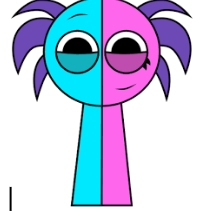

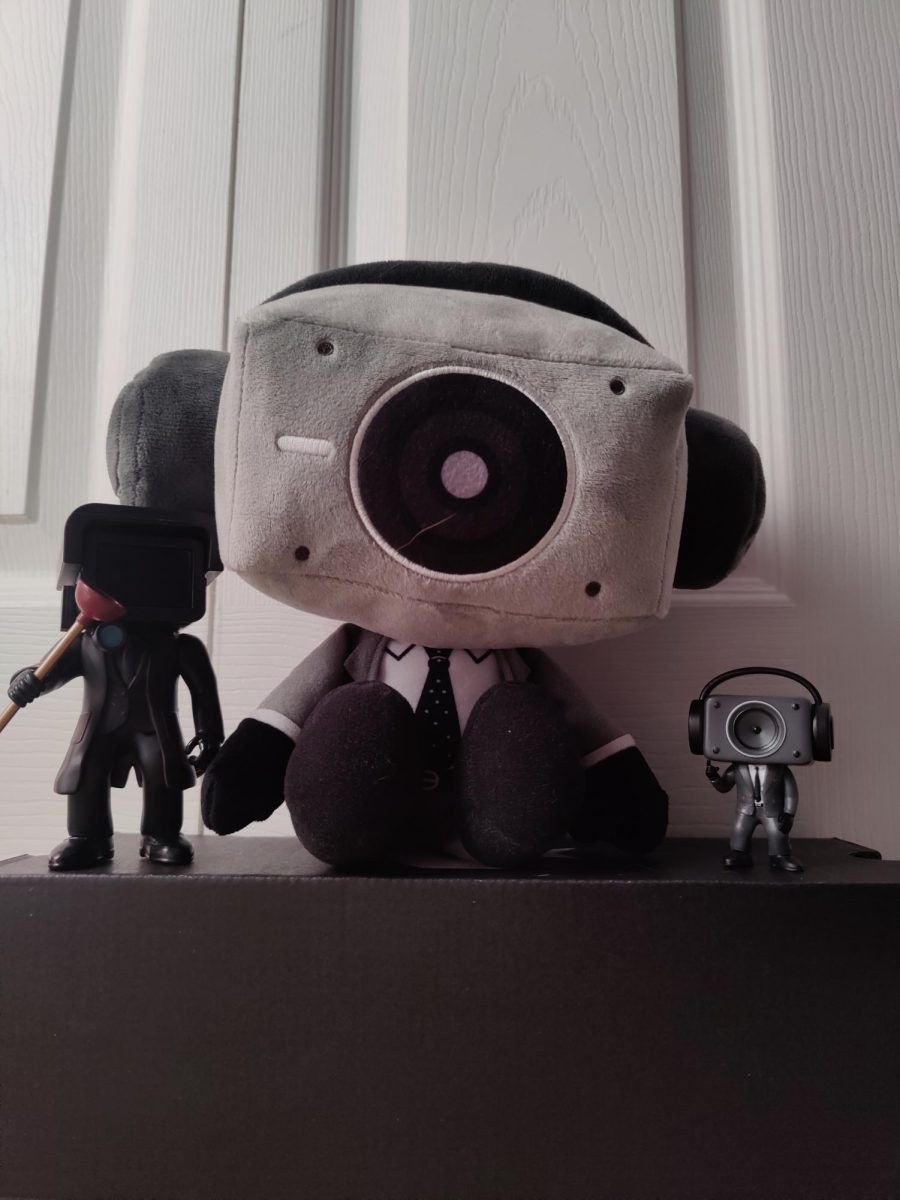













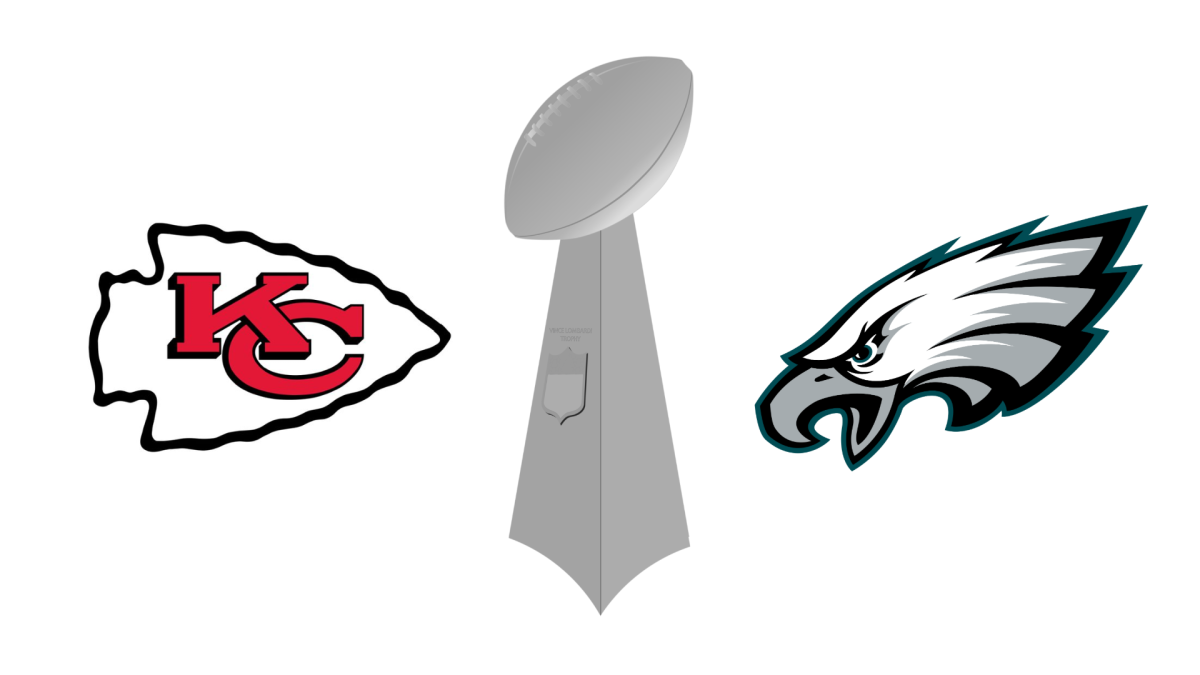











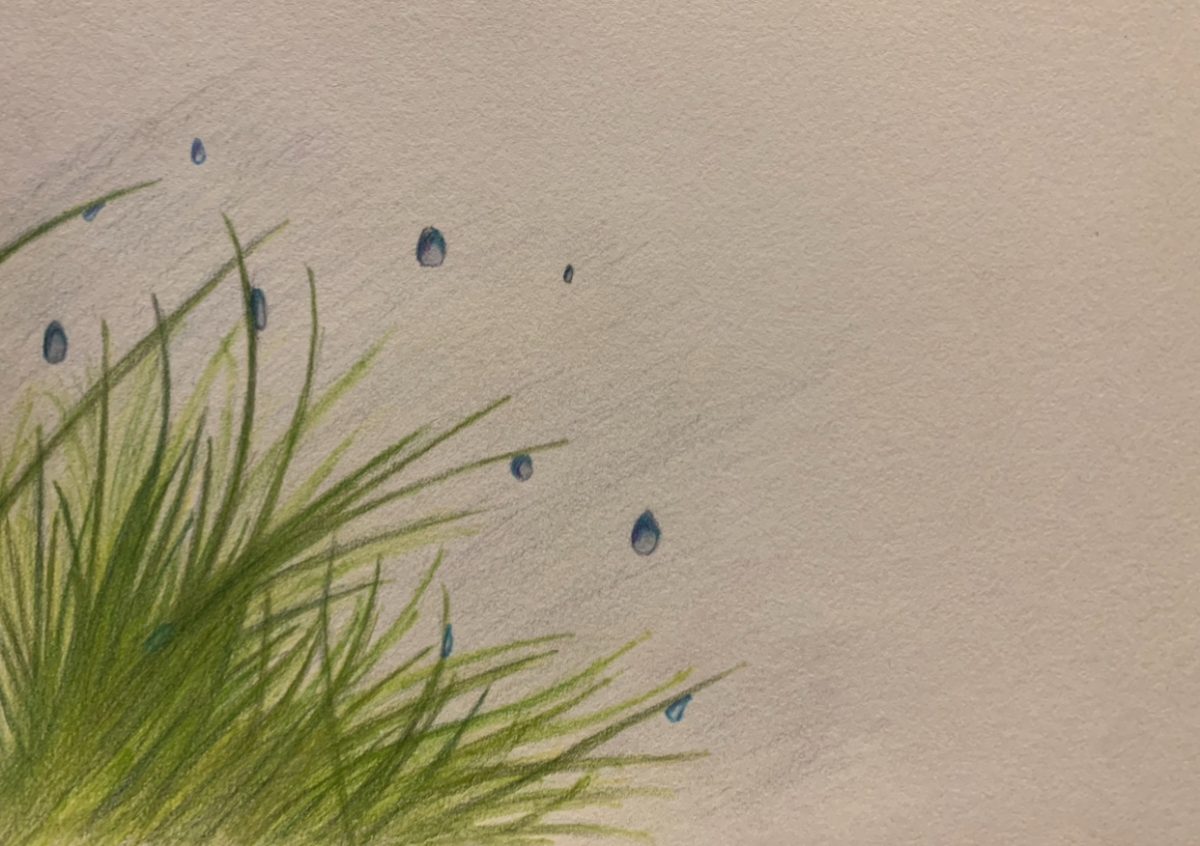






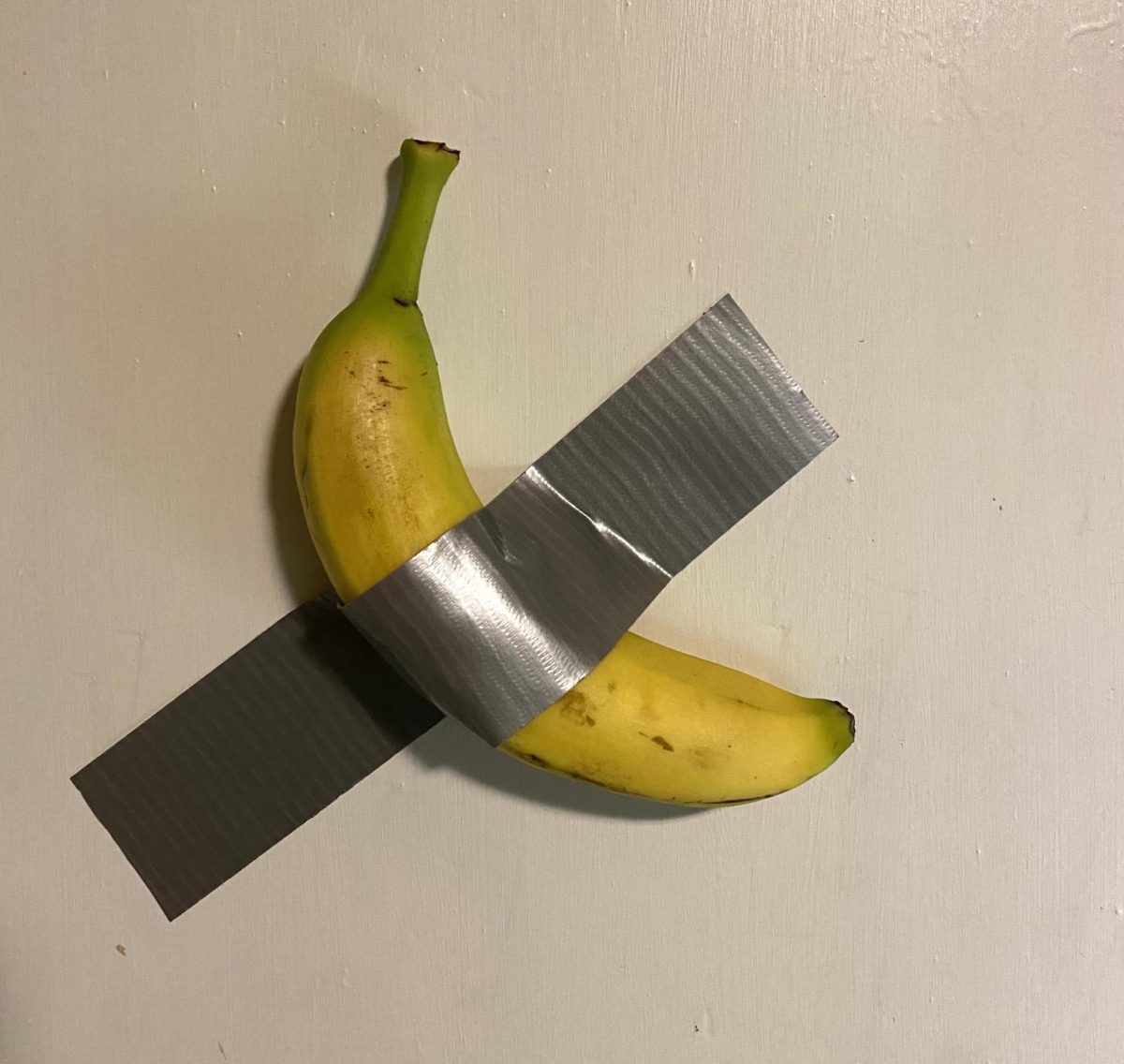


Boonejoshua Michelle • Oct 21, 2024 at 8:48 am
Well written piece! I’m going to look up the electric fan art online